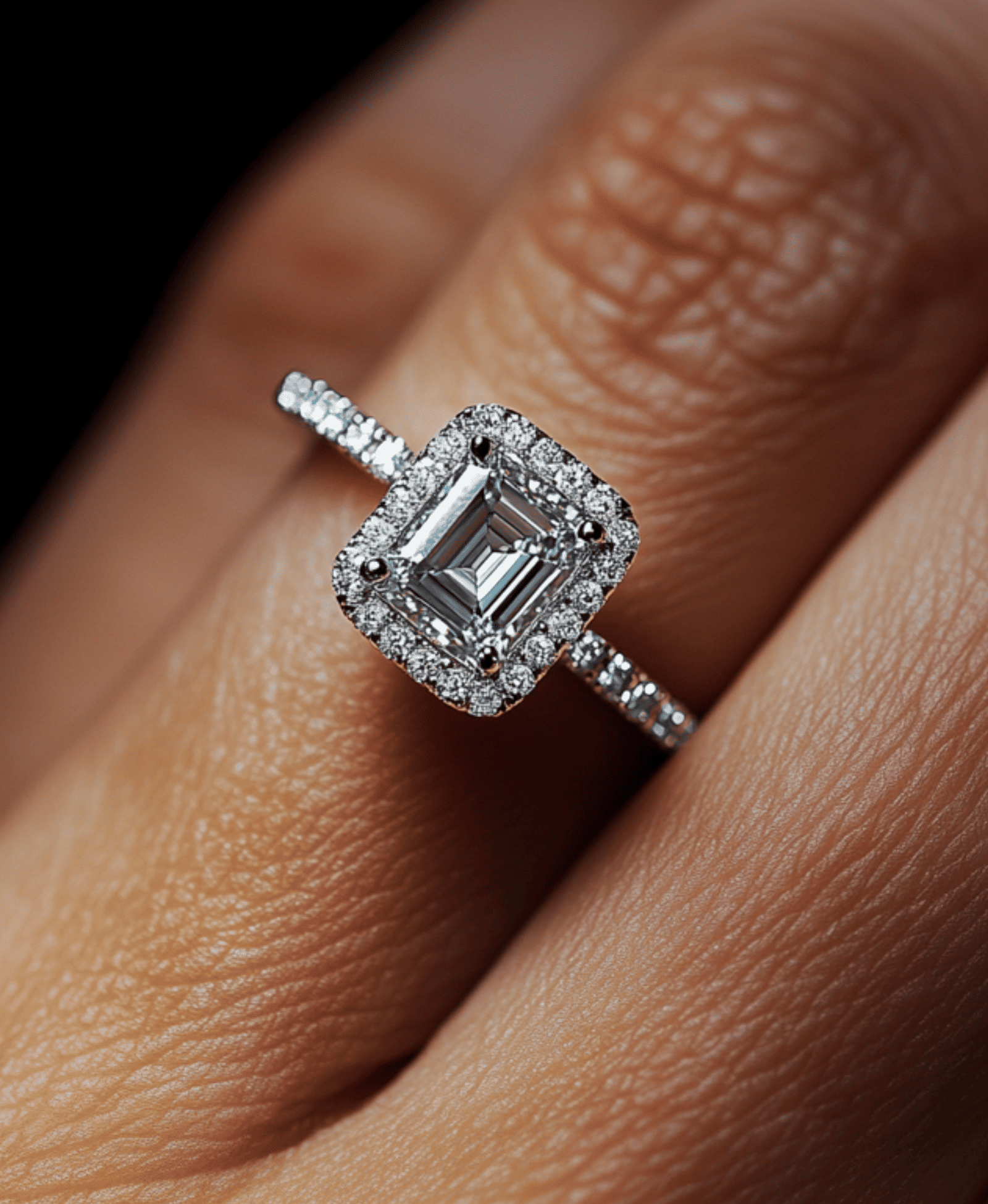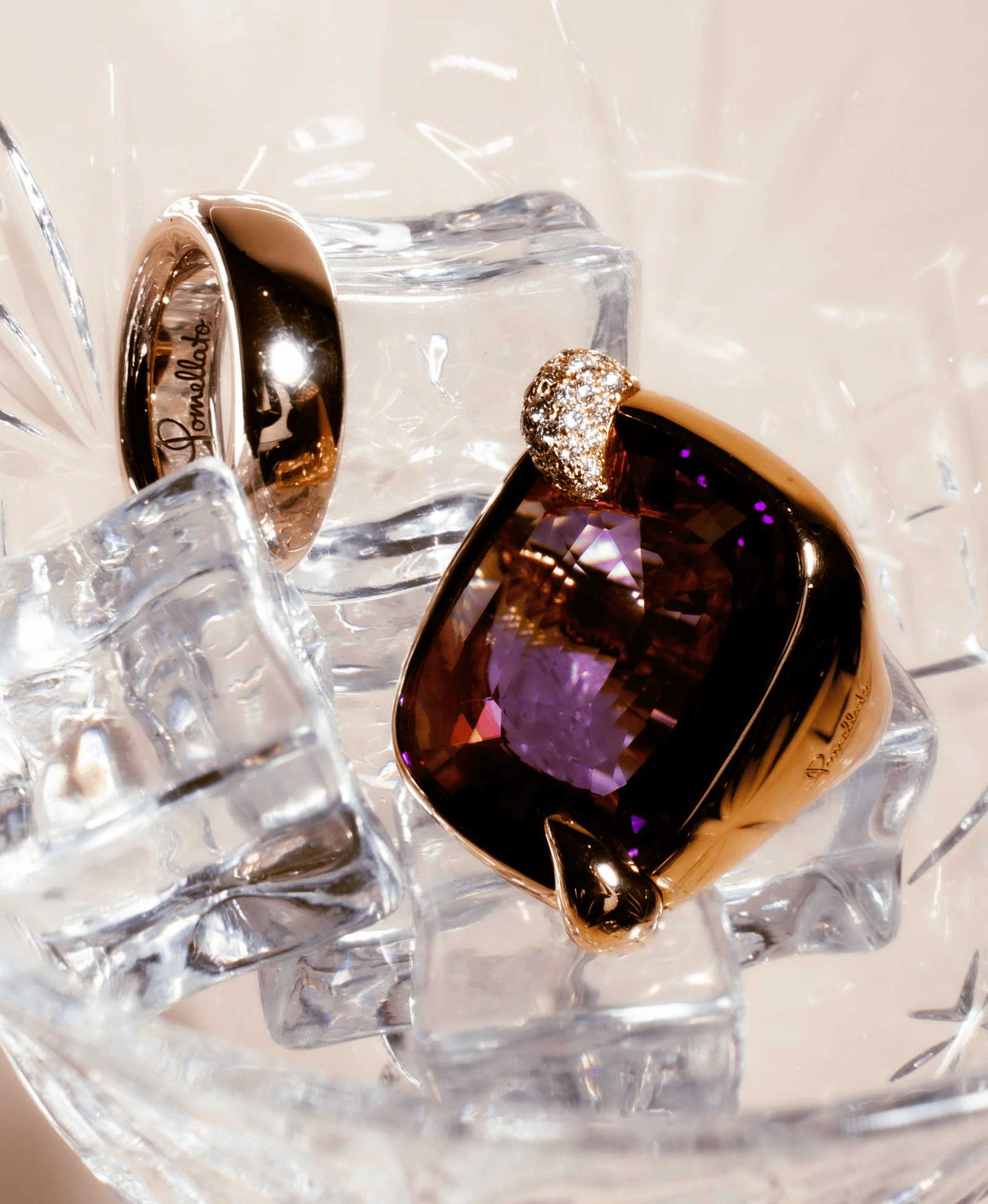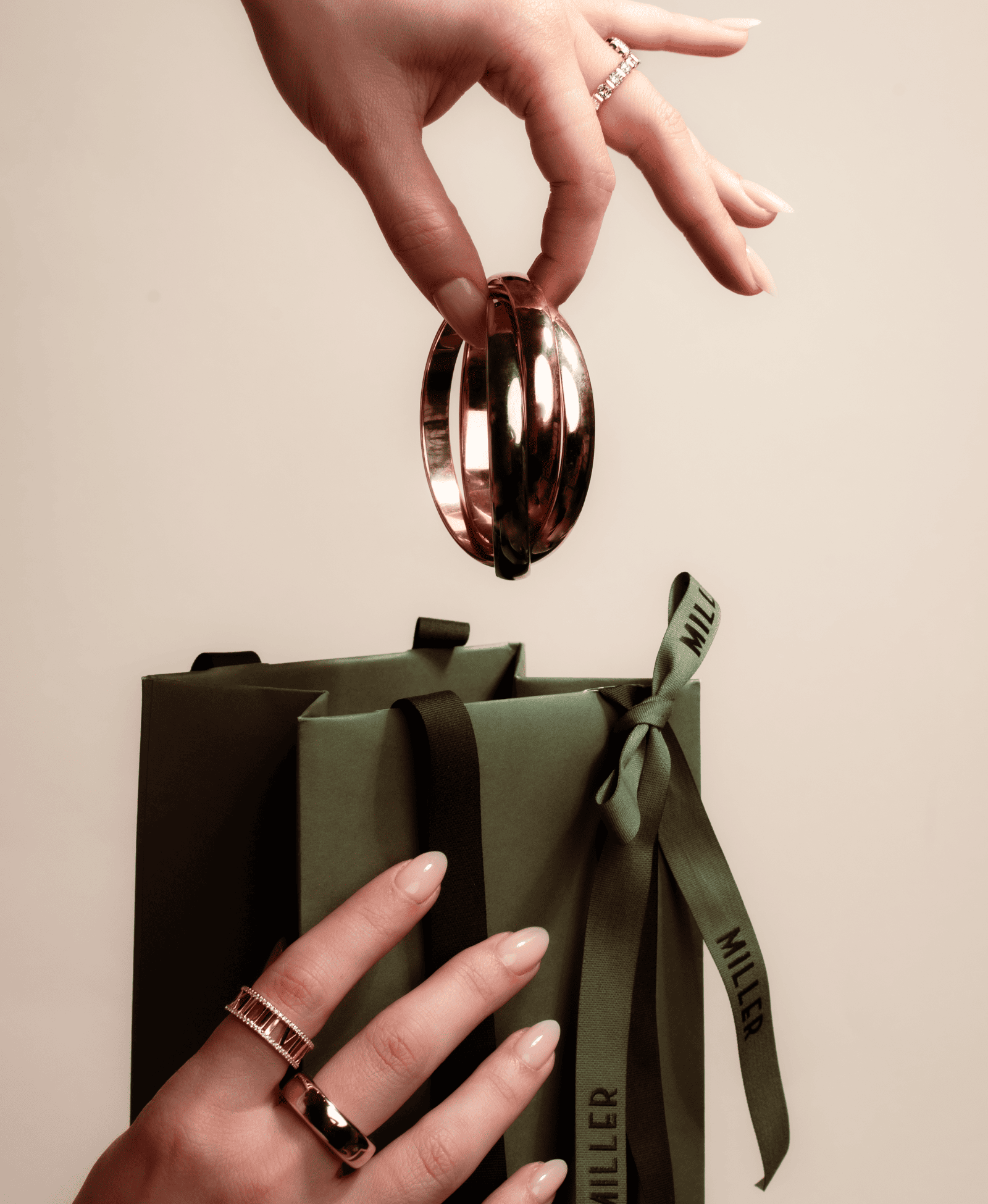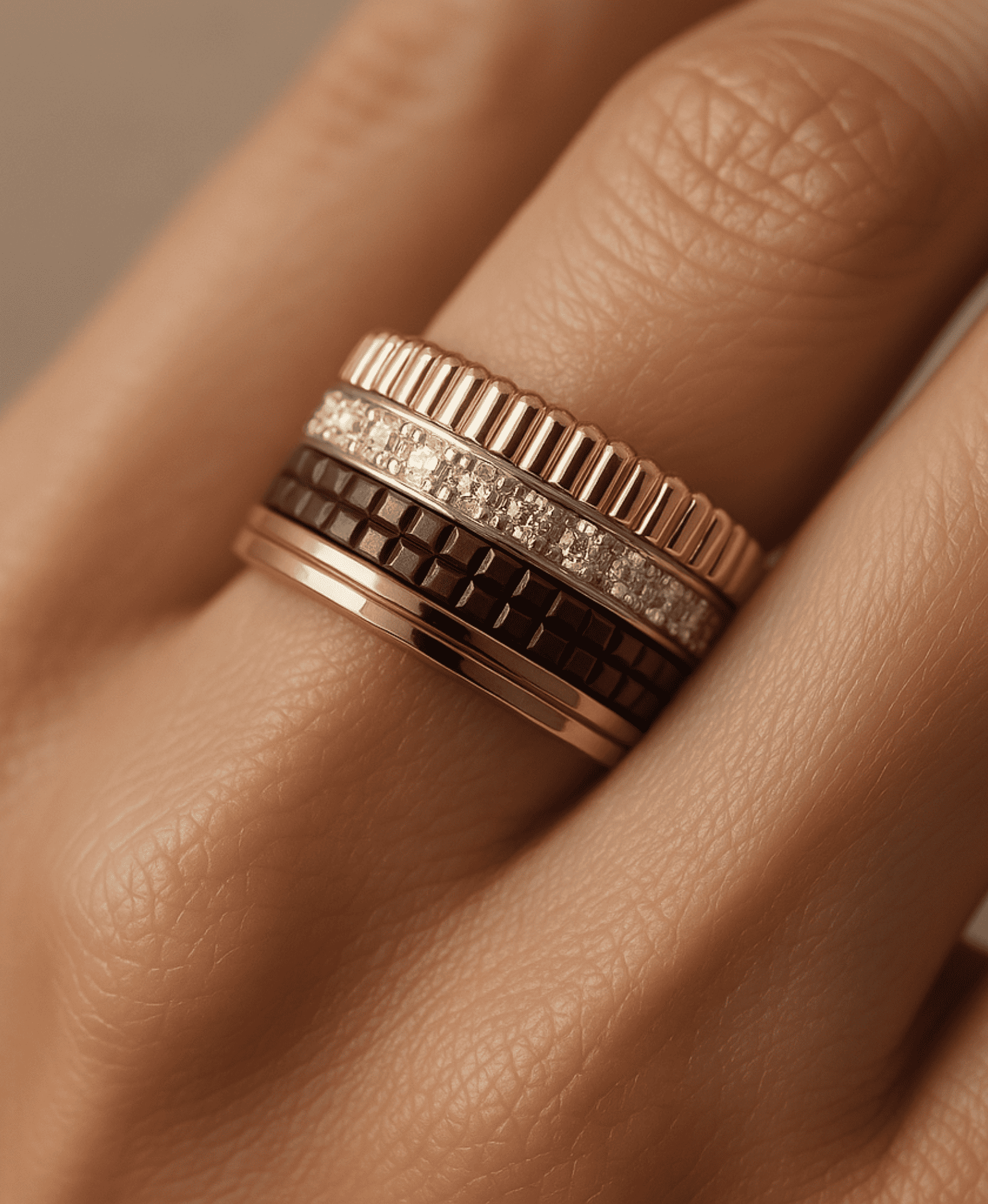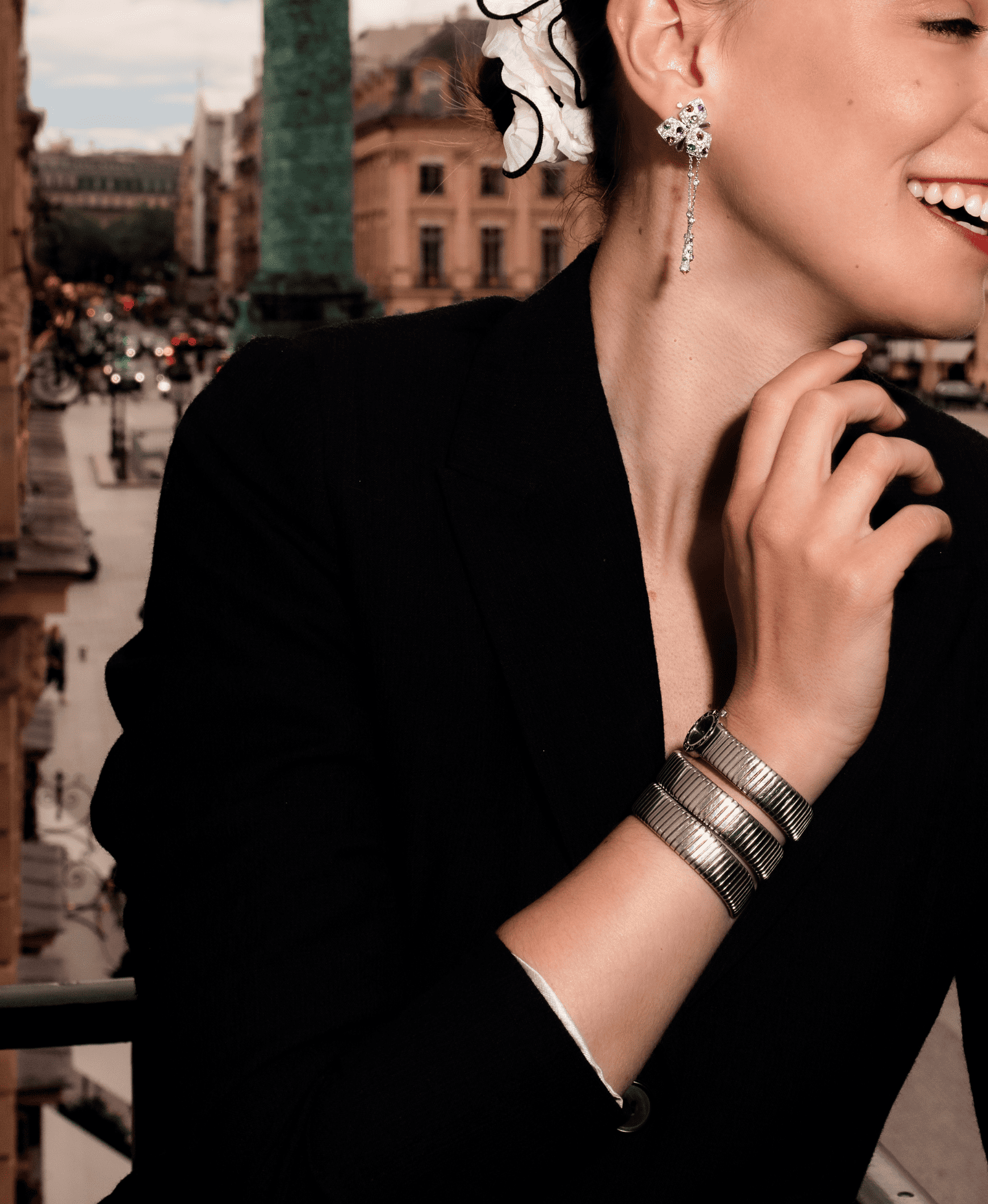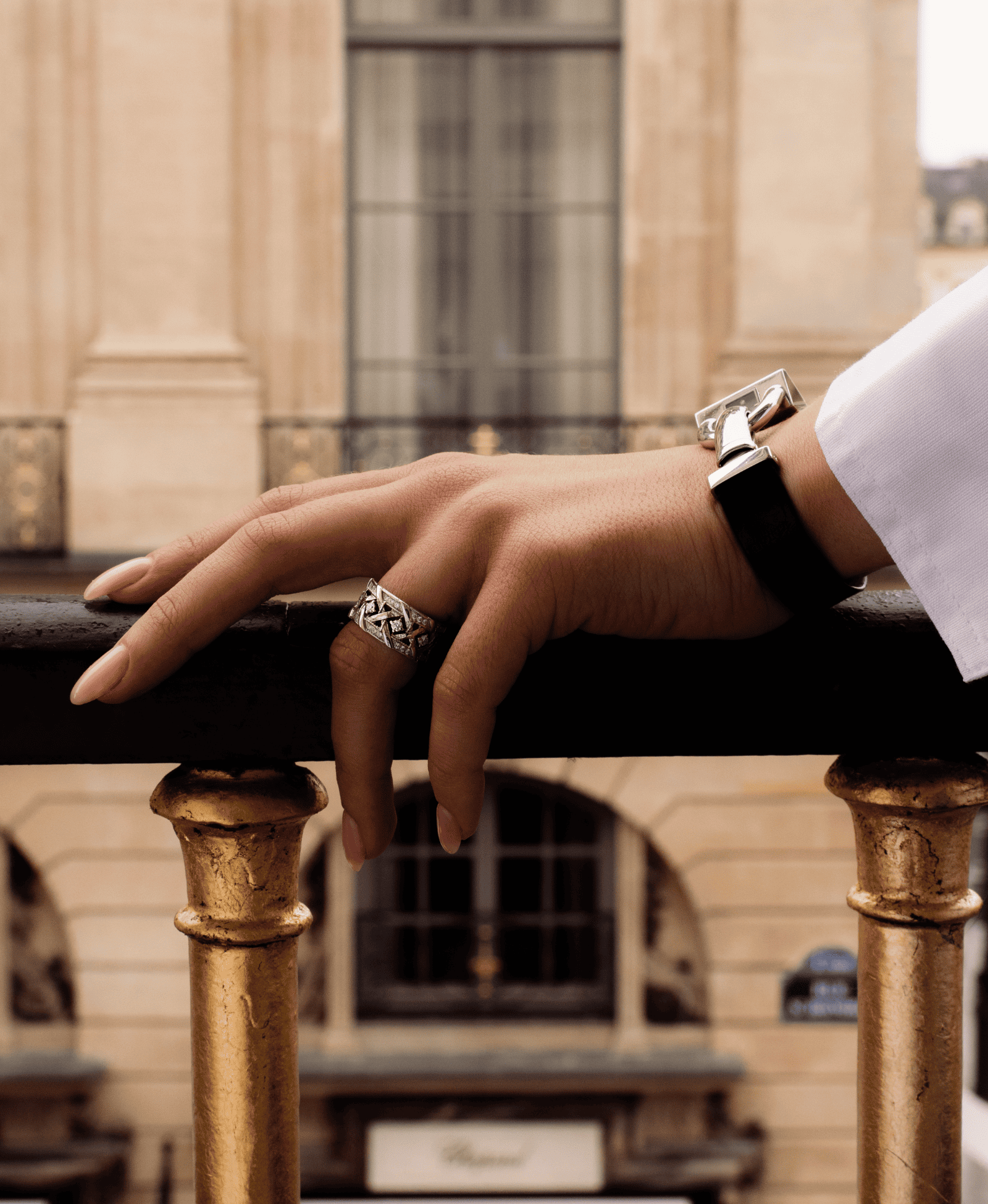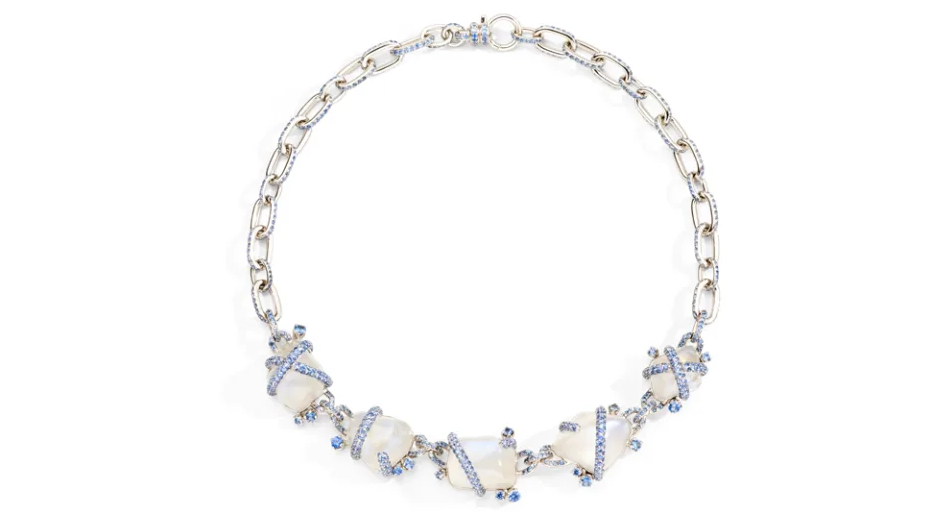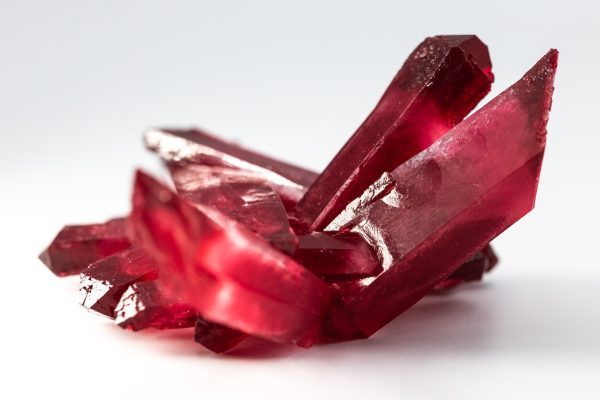
How to recognize a real ruby?
How do you know if a ruby is real or fake ? There are a few techniques that can help you determine this, even for an individual. Miller, the specialist in antique and luxury second-hand jewelry in Paris, explains how to do it. And if in doubt, you can always go to the store to have the stone in question appraised!
How to recognize a real ruby from a fake?
How do you know if a ruby is real or fake? It's relatively simple, because ruby is an extremely hard stone . On the Mohs hardness scale, ruby has a rating of 9. It is therefore just behind diamond , which has the maximum score of 10 as the hardest material in the world. There are therefore very few minerals that are harder than ruby. This is therefore a simple method to recognize a real ruby. But there are others, which we will discuss.
The hardness test
To scratch such a stone, you need to use something harder than a ruby. Specifically, this would be a diamond or moissanite . If you suspect that the stone is not a real ruby, you can scratch it with a nail, for example. Indeed, a steel nail has a hardness of 6.5 on the Mohs scale. Ideally, you would use something that has a hardness index of 8, such as a topaz . This allows you to sort a real ruby from a fake.
The friction test
With this method to know if a ruby is real or fake, we will try to identify if the ruby leaves a trace of color after rubbing . Use the ruby in question to rub a hard and smooth surface, such as a piece of glass. If we can observe a trace of color on the smooth surface, we can establish that you have a fake ruby in hand.
- Also read: how to recognize a real diamond on a ring?
A real ruby will never leave such a colored trace. The only problem with this technique is that you cannot be sure that the ruby is real if it does not leave a trace of color, because it could be a tourmaline, for example. However, if there is a trace there is no doubt that it is a fake ruby.
What are some stones that can look like ruby?
- Tourmaline : This stone has a hardness index of 7 to 7.5, can sometimes be presented as a ruby.
- Garnet : Slightly less hard than tourmaline (6.5 to 7.5), a garnet can also pass for a fake ruby, although its color tends to be lighter.
- Glass : Most fake rubies, however, are simply pieces of glass. They can be identified very easily with the hardness test, or with the naked eye because of their lower refractive index than a real ruby.
- Composite rubies : These are natural rubies that have been “altered” by the addition of glass to change their color, which devalues them.
How to recognize a 100% real ruby? Ask a gemologist for advice!
Do you want to sell a jewel with rubies , but you don't know if the stone is authentic? Visit the Miller boutique in Paris. We have the expertise to sort the real from the fake, whether it is a ruby , a diamond, an emerald, etc. In addition to the simple techniques above, analyzing the stone with a jeweler's loupe allows the trained eye to recognize a real ruby from a fake.

